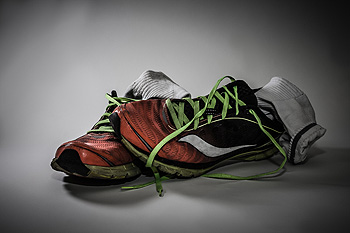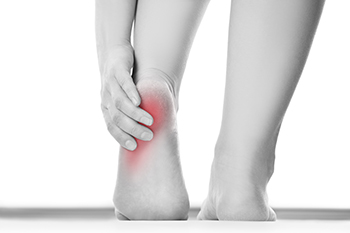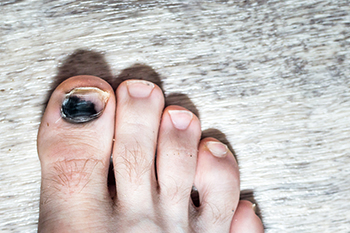
Having diabetes can lead to a number of foot problems, mainly as the result of nerve damage and poor circulation. Nerve damage, also known as neuropathy, is brought on by long-term high blood sugar levels and renders the feet numb. Poor circulation, resulting from constricted blood vessels to the lower extremities, lowers the feet’s ability to heal from cuts, sores, and other conditions. It also lowers the body’s ability to fight off infection. These two factors put a diabetic at risk of painful and often serious complications, such as foot ulcers, that if ignored can lead to gangrene and worse. For that reason, it is suggested that diabetics check their feet daily for sores, bruises, cuts, or cracks in the skin. Regular visits to a podiatrist are essential for those with diabetes, especially if an infection has occurred. The careful monitoring of the health of the feet by a podiatrist can help a diabetic avoid conditions that could cause the loss of a limb or even a life.
Limb salvage can be an effective way in preventing the need for limb amputation. If you have diabetes, cancer, or any other condition that could lead to foot amputation if left unchecked, consult with Frank Henry, DPM from Marble Falls, TX. Our doctor will assess your condition and provide you with quality foot and ankle treatment.
What Is Limb Salvage?
Limb salvage is the attempt of saving a limb, such as the foot from amputation. Podiatrists also try to make sure that there is enough function in the foot after the salvage that it is still usable. Diabetes is the number one cause of non-traumatic amputations in the United States. Those with diabetes experience poor blood circulation, which prevents proper healing of an ulcer. If the ulcer is left uncheck, it could become infected, which could result in the need for amputation.
However, there are other causes as well, such as cancer and traumatic injury. Links between higher mortality rates and amputation have been found. This translates into higher healthcare costs, and a reduced quality of life and mobility for amputees. Podiatrists have attempted to increase the prevalence of limb salvage in an attempt to solve these issues.
Diagnosis and Treatment
Limb salvage teams have grown in recent years that utilize a number of different treatments to save the infected limb. This includes podiatrists that specialize in wound care, rehabilitation, orthotics, and surgery. Through a combination of these methods, limb salvage has been found to be an effective treatment for infected limbs, and as an alternative to amputation. Podiatrists will first evaluate the potential for limb salvage and determine if the limb can be saved or must be amputated.
If you have any questions, please feel free to contact our office located in Marble Falls, TX . We offer the newest diagnostic and treatment technologies for all your foot care needs.










